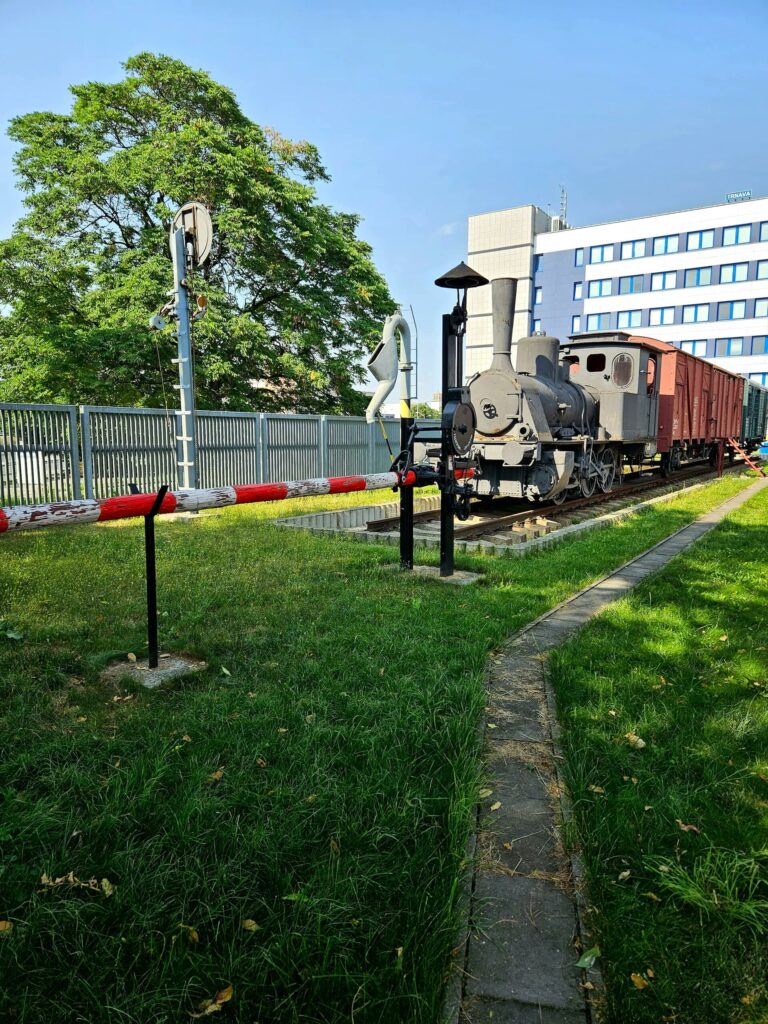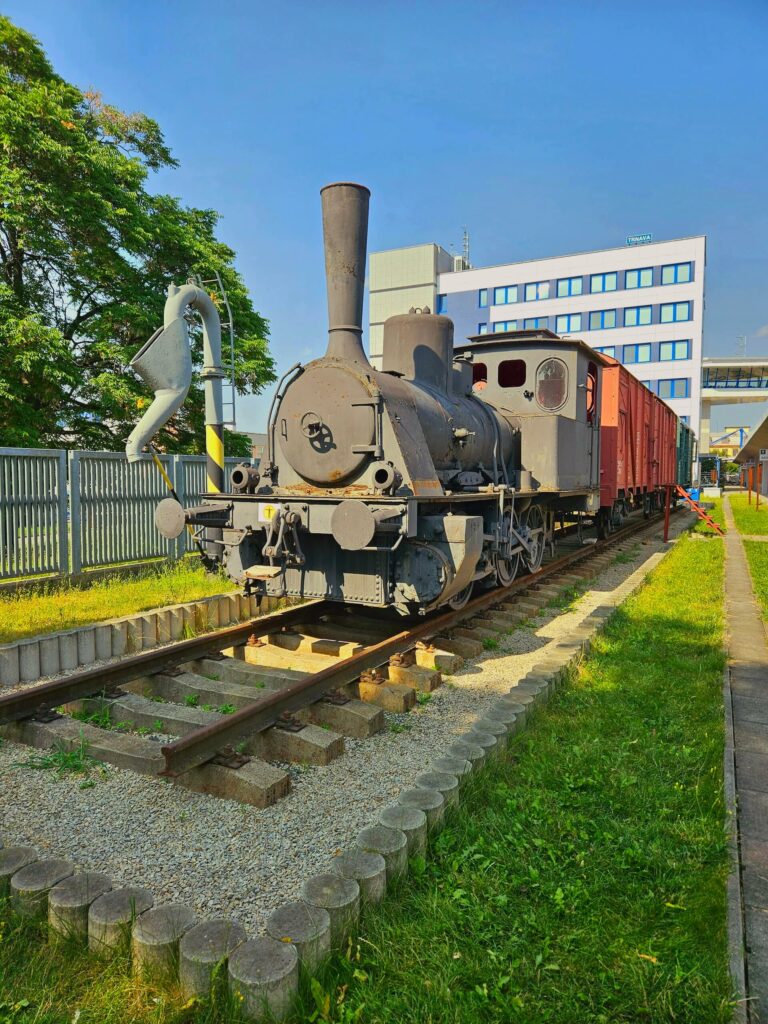Brief overview of the history of railways in Trnava and its surroundings
Trnava and its surroundings were stations for horse-drawn railways. It was believed that where the railway goes, industrial and social development follows. This rule applied to Trnava as well. The city and its surroundings became a crossroads and an important railway junction connecting with Bratislava, Žilina, Sereď, and Kúty.
The railways around Trnava have a rich history dating back to the 19th century. These railway lines played a crucial role in the development of the region. The first railway line significant for Trnava was the line running from Vienna through Bratislava to Budapest and back. This connection was part of an important railway link between the two major capitals of the monarchy, positively impacting trade and the economy around Trnava.
Another important milestone was the development of the sugar industry. The history of the sugar factory in Trnava began in 1869. Its first buildings were constructed northwest of Trnava, which at the time was still mostly bordered by walls. Since steam locomotives arrived in Trnava from Bratislava in 1873, the sugar factory built its own railway track in 1876. This was probably the first railway siding in Trnava. During this period, this track operated as a horse-drawn railway. This method of operation lasted on the siding until 1900, when the sugar factory’s siding was adapted for steam engine operation. After a fire, the sugar factory was rebuilt into a more modern facility.
After World War II, proposals emerged to connect the sugar factory siding to the Trnava – Kúty line to better handle the conditions, especially the peak campaign transport for the sugar factory. The new connection of the sugar factory siding was realized only in the early 1970s when a three-track transfer yard was built at the reconstructed Nemečanka switch. This yard began serving not only the sugar factory but gradually other users of sidings as well. The sugar factory siding operated for a long time until the production at the sugar factory ceased. Gradually, several other sidings connected to the Nemečanka switch were also abolished, and it is now only a loading station.
With the closure of the sugar factory and the privatization of enterprises, the volume of transported material has radically changed in recent times, and the siding is now practically unused. Many residents of Trnava still remember the so-called “great railway,” which ran from the railway station along Trnávka to the P. Jilemnický cannery and sugar factory. It ceased to exist in the early 1970s when this railway was connected to the main line from the Nemečanka side. However, few people know that in addition to this “great” railway, the sugar factory also had a narrow-gauge railway. This was a unique transport system in the past. Photos after the nationalization of the sugar factory also show the narrow-gauge network, known as the children’s railway.
In a broader context, the railway was the only means of transport that could meet the needs of the fourth-largest industrial enterprise in Hungary around 1917. No other transport method could provide this service at that time. However, gradually, roads in and around Trnava began to be paved, and sugar beets started to be transported by cars, which brought many advantages.
Besides the railway lines and passenger and freight transport of national importance, the dense network of narrow-gauge field and forest railways also played an important role in the development of the Trnava region, revitalizing towns and villages connected to the railway. However, transportation on narrow-gauge tracks was eventually replaced by more modern and efficient transport methods.
The rich history of railway transport in Trnava and its surroundings is still commemorated today by a museum exhibit accessible on a separate track at the Trnava railway station. Its core consists of a train set with a steam locomotive Orenstein und Koppel from 1908. The oldest residents of Trnava remember it from the now-defunct railway that led from the station to the sugar factory. Attached to the locomotive is an original postal car Gbqs and a service car Daa-k. Additionally, there is also a two-axle closed freight car Gbqs. The car was purchased from ZSSK CARGO and restored at ŽOS Trnava, a.s.
The exhibit also includes old barriers, signals, a water pump for “feeding” steam locomotives, and other railway-related items. The replica of the Rocket (Raketa) steam locomotive, George Stephenson’s first steam locomotive from 1829, which could reach speeds of up to 36 kilometers per hour, is a real curiosity.
Sources:
- https://www.vlaky.net/zeleznice/spravy/5109-Kolaje-sa-v-Trnave-zacali-vytracat-pred-40-rokmi/?najdi=697250
- https://www.kpzt.sk/o-klube-kpzt.html
- https://polnoinfo.sk/recenzia-o-takmer-zabudnutej-historii-nasho-potravinarstva/
- https://nzr.trnava.sk
- https://www.obnova.sk/trnava-historiu-zeleznic-dokumentuje-nova-muzealna-expozicia/


